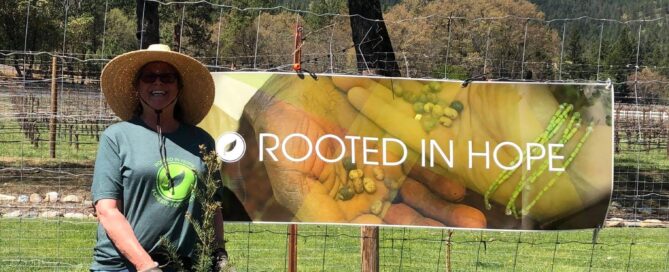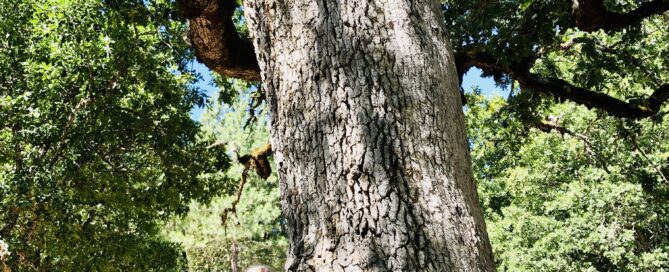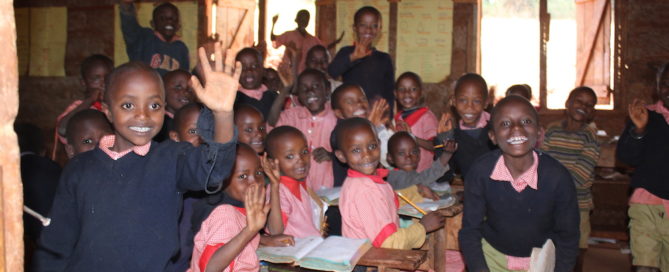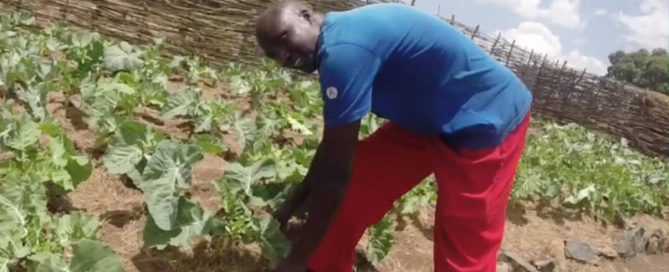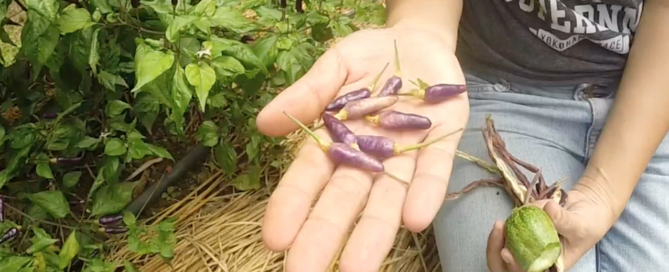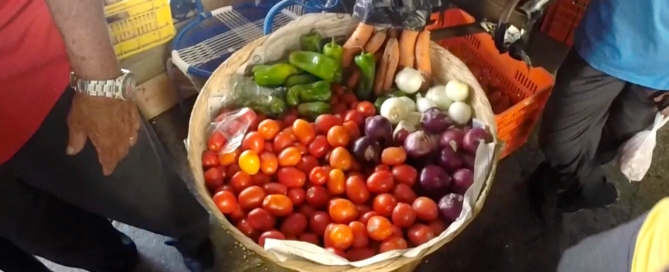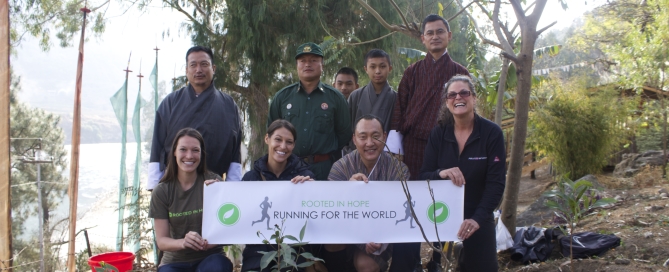Celebrating Earth Day 2021
Rooted in Hope celebrated Earth Day last week, by nurturing over 300 new trees that will be planted along the beautiful Applegate River in Southern Oregon in 2021. In partnership with the Applegate Partnership & Watershed Council, these trees will be planted by Ruch Outdoor Community School students, our Park Programs volunteers and dedicated members of the community, working to protect our environment, restore riparian areas, improve wildlife habitat and contribute to the health and vitality of our shared ecosystem. Rooted in Hope is in its eleventh year of operation around the world. Continuing to raise awareness, raise funds and implement programs that provide assistance in protecting vital watersheds, supporting the smallholder farmers and kitchen gardens, combating climate change and educating students and adults alike in the benefits and joys of thinking and living in a sustainable fashion. Hoping you all were able to get outside on Earth Day and look around, breathe deeply, take in the fresh smell of the spring blossoms and do something to celebrate this beautiful planet we all share. .

